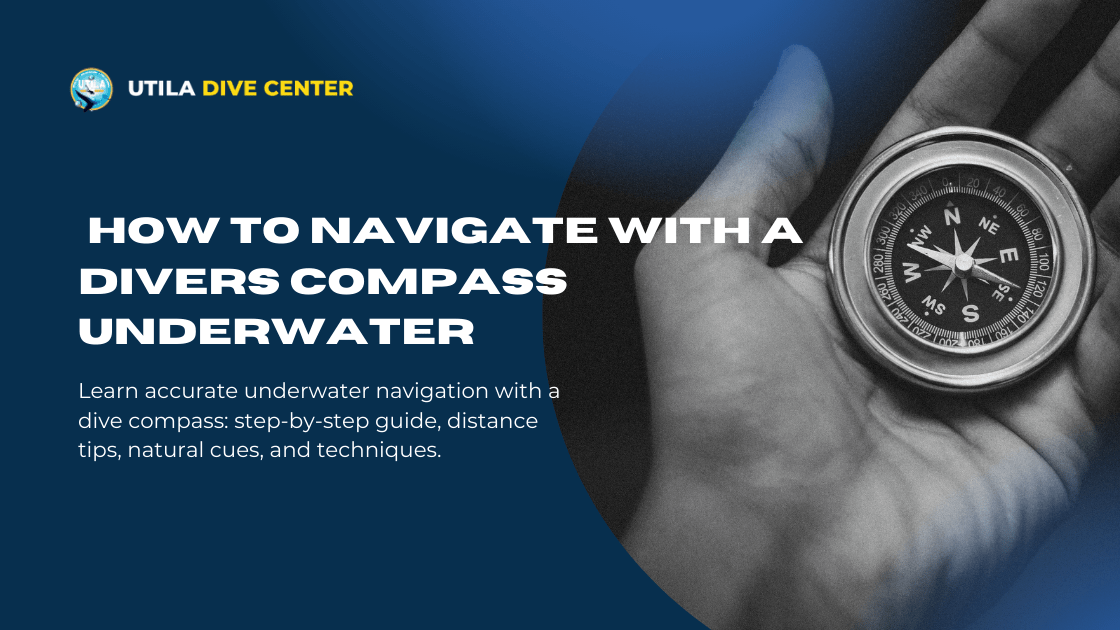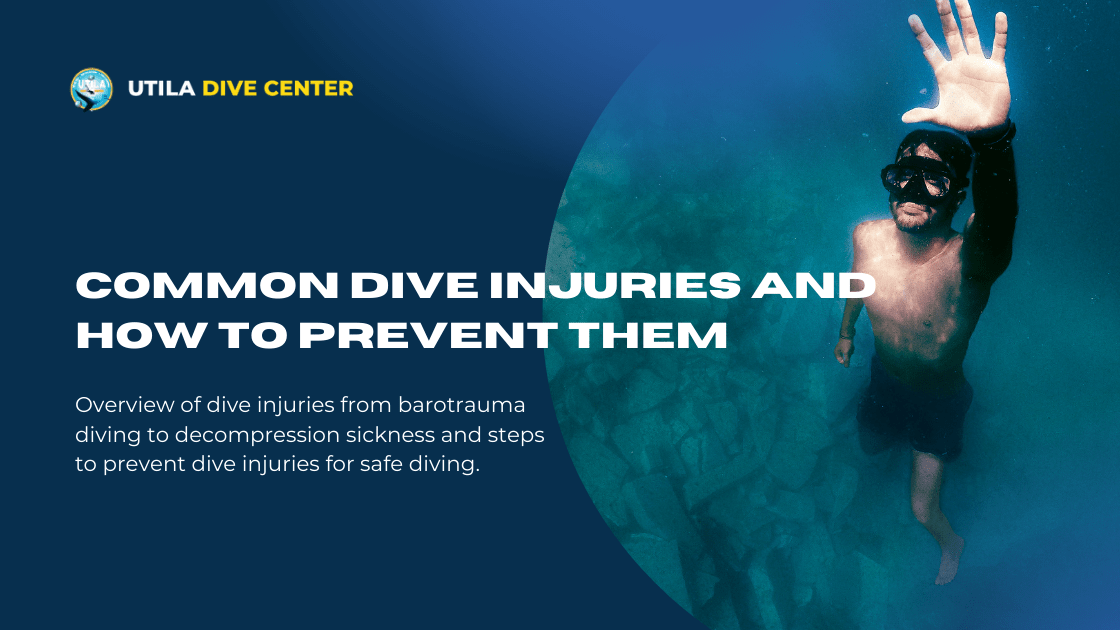
How Long After Scuba Diving Can You Fly
How Long After Scuba Diving Can You Fly? Guidelines & Safety Tips
By: Manny Lagos | Date: 2024-11-08T12:26:50.674Z
You’ve just had an incredible dive. You explored stunning coral reefs and spotted some vibrant marine life. Now you’re all set for whatever’s next on your itinerary. But before you pack everything for the next flight, it’s important to ask: how long after SCUBA diving can you fly?
Flying too soon after SCUBA diving can be risky, and no one wants their dream vacation cut short by something that could have been avoided. But don’t worry– by the end of this blog, you’ll be familiar with some diving and flying rules as well as know exactly how long to wait before catching the next flight!
Understanding the Risks of Flying After Diving
What Happens to Your Body After Diving?
Flying after SCUBA diving isn’t just a matter of convenience, it’s a safety issue. Imagine this: Your body is like a sponge when you dive. It soaks up extra nitrogen from the compressed air in your SCUBA tank. That’s totally fine while you’re underwater, but things change when you return to the surface. Your body needs time to release that extra nitrogen. And flying messes with that process.
The problem is that airplanes have lower pressure than sea level. This sudden change in pressure can cause nitrogen bubbles to form in your body. The result? A serious condition called Decompression Sickness (DCS), also known as “the bends.”
Decompression Sickness (DCS) and Why It’s a Concern
Ever wondered why can’t you fly after diving? The answer is Decompression sickness, also known as “the bends”. It happens when nitrogen bubbles get stuck in your tissues and bloodstream. These bubbles can get stuck in your joints, muscles, and in critical areas like your brain or spinal cord. Symptoms range from mild joint pain to paralysis to even death in extreme cases. Yep, it’s that serious!
The Role of Nitrogen in DCS
When diving deeper and longer, your body absorbs more nitrogen. And, if you fly too soon after diving, the pressure change during the flight can cause the nitrogen to form bubbles. It’s very similar to opening a can of soda that’s been shaken up.
Flying and Reduced Atmospheric Pressure
Even in a pressurized airplane cabin, the pressure is lower than at sea level. This pressure reduction can cause any remaining nitrogen in your body to come out too quickly. It’s like surfacing too quickly all over again, but this time you’re 30,000 feet in the air!
Recommended Wait Times Before Flying
So, how long should you wait between SCUBA diving and flying? The answer depends on your diving profile and how much nitrogen your body has absorbed.
For Single Dives
If you’ve completed a single, no-decompression dive (meaning you didn’t have to make any mandatory stops on your way up), it’s recommended to wait at least 18 hours before flying. This gives your body plenty of time to safely release most of the extra nitrogen.
For Multiple or Decompression Dives
If you’ve done multiple dives in a day or dives that required decompression stops, you should wait 18 to 24 hours before boarding a plane. Multiple dives mean more nitrogen and more nitrogen means a longer wait time to be safe.
Flying After Nitrox Diving
If you’ve been diving with nitrox (a gas mixed with higher oxygen and lower nitrogen), your body absorbs less nitrogen. That’s good news, right? Well, you still need to follow the guidelines: 12 hours for single dives and 18 to 24 hours for multiple or deeper dives. Better to be safe than sorry!
Factors That Affect Safe Flying Times
Flying after diving isn’t just about sticking to a clock. A few other factors can influence your risk level and wait times.
Dive Depth
The deeper you dive, the more nitrogen your body takes in. So if it’s beyond 30 meters (100 feet), you’ll want to lean towards the 24-hour wait time. It’s just extra peace of mind.
Personal Health and Fitness
Your health and fitness level matter, too! People with higher body fat percentages tend to retain more nitrogen, which can increase the risk of DCS. And if you’re dehydrated or fatigued, your body takes longer to eliminate nitrogen.
Guidelines from Diving Safety Organizations
When it comes to diving and flying rules, it’s best to trust the experts. Let’s see what leading organizations have to say.
Divers Alert Network (DAN) Recommendations
According to DAN, divers should follow these guidelines before flying:
- 12 hours after a single no-decompression dive
- 18 hours after multiple dives
- 24 hours after decompression dives
PADI Recommendations for Recreational Divers
PADI’s advice is right in line with DAN’s. They also emphasize sticking to your dive computer or table’s recommendations. These are designed to give you personalized guidance based on your specific dives.
Additional Tips for Planning Your Dive and Flight Schedule
Following the recommended wait times is crucial, but here are some extra tips to help you stay safe and enjoy your diving and travel experience to the fullest
Tips to Reduce DCS Risk
- Importance of Surface Intervals: A longer surface interval means more time for your body to release nitrogen. Don’t rush - patience is key here.
- Stay Hydrated: Drink lots of water before and after your dives. Dehydration can increase your risk of DCS!
- Avoid Heavy Exercise Post-Dive: Hold off on strenuous activities for at least 24 hours after your dive. Intense exercise can increase your risk of nitrogen bubbles forming.
- Use a Dive Computer: A dive computer monitors your nitrogen levels and gives you personalized recommendations for wait times.
- When in Doubt, Wait It Out: If you’re unsure after everything, always lean towards a longer wait time. It’s worth it to be on the safe side.
Final Thoughts
Now that you have the answer to “how long after SCUBA diving can you fly?”, you can dive with peace of mind. It is truly an unforgettable adventure, but safety always comes first. Just remember to follow the recommended wait times before flying to avoid any health risks. That’s all from us.
Safe diving, happy flying! And if you’re looking to learn more or plan your next dive, check out Utila Diving Center.

Rebreather Diving: Everything You Need to Know
Rebreather diving offers longer, quieter dives. Discover how it works, its benefits, risks, gear, and what you need to get started with rebreather diving.
Read more
12 Rules of Scuba Diving All Divers Must Follow
We've curated a list of 12 rules of scuba diving to help you stay safe, protect marine life, and enjoy your underwater adventures with confidence.
Read more
How to Navigate With a Divers Compass Underwater
Learn accurate underwater navigation with a dive compass: step-by-step guide, distance tips, natural cues, and techniques.
Read more
Common Dive Injuries and How to Prevent Them
Overview of dive injuries from barotrauma diving to decompression sickness and steps to prevent dive injuries for safe diving.
Read more